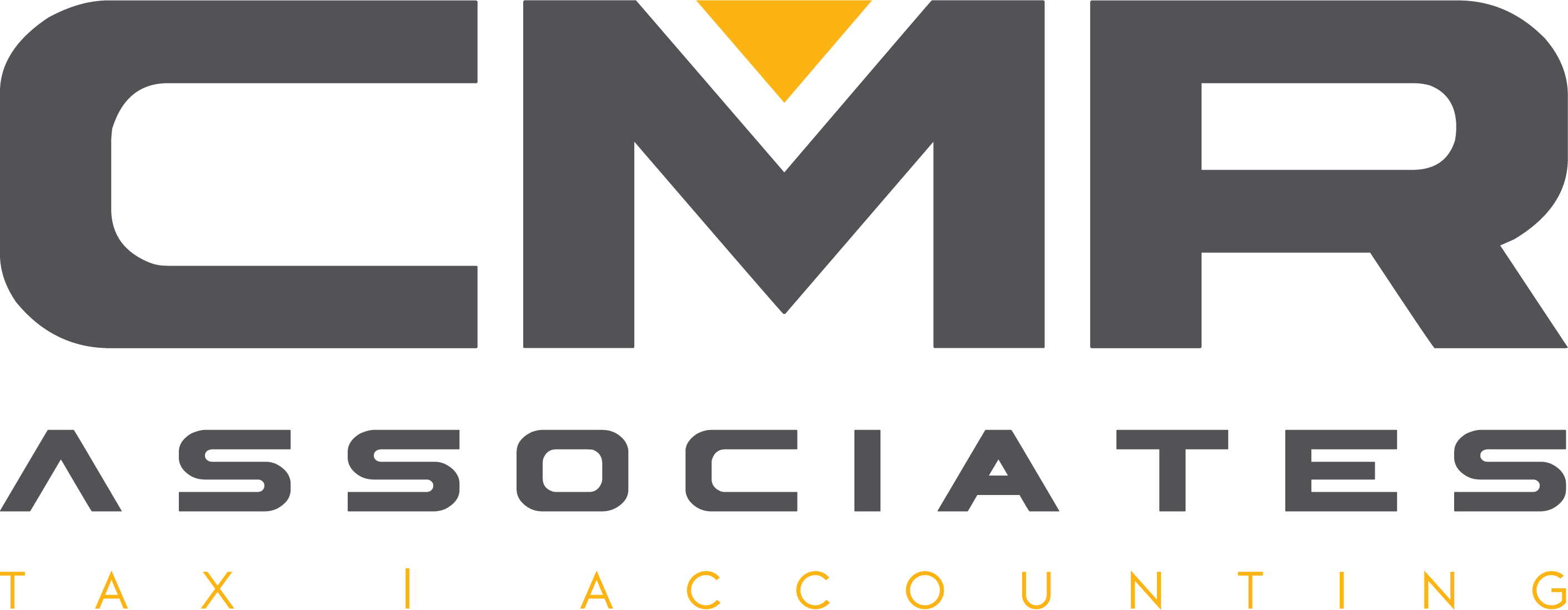 Tax Cuts and Jobs Act: Key provisions affecting individuals
Tax Cuts and Jobs Act: Key provisions affecting individuals
On December 20, Congress completed passage of the largest federal tax reform law in more than 30 years. Commonly called the “Tax Cuts and Jobs Act” (TCJA), the new law means substantial changes for individual taxpayers.
The following is a brief overview of some of the most significant provisions. Except where noted, these changes are effective for tax years beginning after December 31, 2017, and before January 1, 2026.
- Drops of individual income tax rates ranging from 0 to 4 percentage points (depending on the bracket) to 10%, 12%, 22%, 24%, 32%, 35% and 37%
- Near doubling of the standard deduction to $24,000 (married couples filing jointly), $18,000 (heads of households), and $12,000 (singles and married couples filing separately)
- Elimination of personal exemptions
- Doubling of the child tax credit to $2,000 and other modifications intended to help more taxpayers benefit from the credit
- Elimination of the individual mandate under the Affordable Care Act requiring taxpayers not covered by a qualifying health plan to pay a penalty — effective for months beginning after December 31, 2018, and permanent
- Reduction of the adjusted gross income (AGI) threshold for the medical expense deduction to 7.5% for regular and AMT purposes — for 2017 and 2018
- New $10,000 limit on the deduction for state and local taxes (on a combined basis for property and income taxes; $5,000 for separate filers)
- Reduction of the mortgage debt limit for the home mortgage interest deduction to $750,000 ($375,000 for separate filers), with certain exceptions
- Elimination of the deduction for interest on home equity debt
- Elimination of the personal casualty and theft loss deduction (with an exception for federally declared disasters)
- Elimination of miscellaneous itemized deductions subject to the 2% floor (such as certain investment expenses, professional fees and unreimbursed employee business expenses)
- Elimination of the AGI-based reduction of certain itemized deductions
- Elimination of the moving expense deduction (with an exception for members of the military in certain circumstances)
- Expansion of tax-free Section 529 plan distributions to include those used to pay qualifying elementary and secondary school expenses, up to $10,000 per student per tax year — permanent
- AMT exemption increase, to $109,400 for joint filers, $70,300 for singles and heads of households, and $54,700 for separate filers
- Doubling of the gift and estate tax exemptions, to $10 million (expected to be $11.2 million for 2018 with inflation indexing)
Be aware that additional rules and limits apply. Also, there are many more changes in the TCJA that will impact individuals. If you have questions or would like to discuss how you might be affected, please contact us.

 Tax Cuts and Jobs Act: Key provisions affecting businesses
Tax Cuts and Jobs Act: Key provisions affecting businesses 401(k) retirement plan contribution limit increases for 2018; most other limits are stagnant
401(k) retirement plan contribution limit increases for 2018; most other limits are stagnant 2018 Q1 tax calendar: Key deadlines for businesses and other employers
2018 Q1 tax calendar: Key deadlines for businesses and other employers Even if your income is high, your family may be able to benefit from the 0% long-term capital gains rate
Even if your income is high, your family may be able to benefit from the 0% long-term capital gains rate